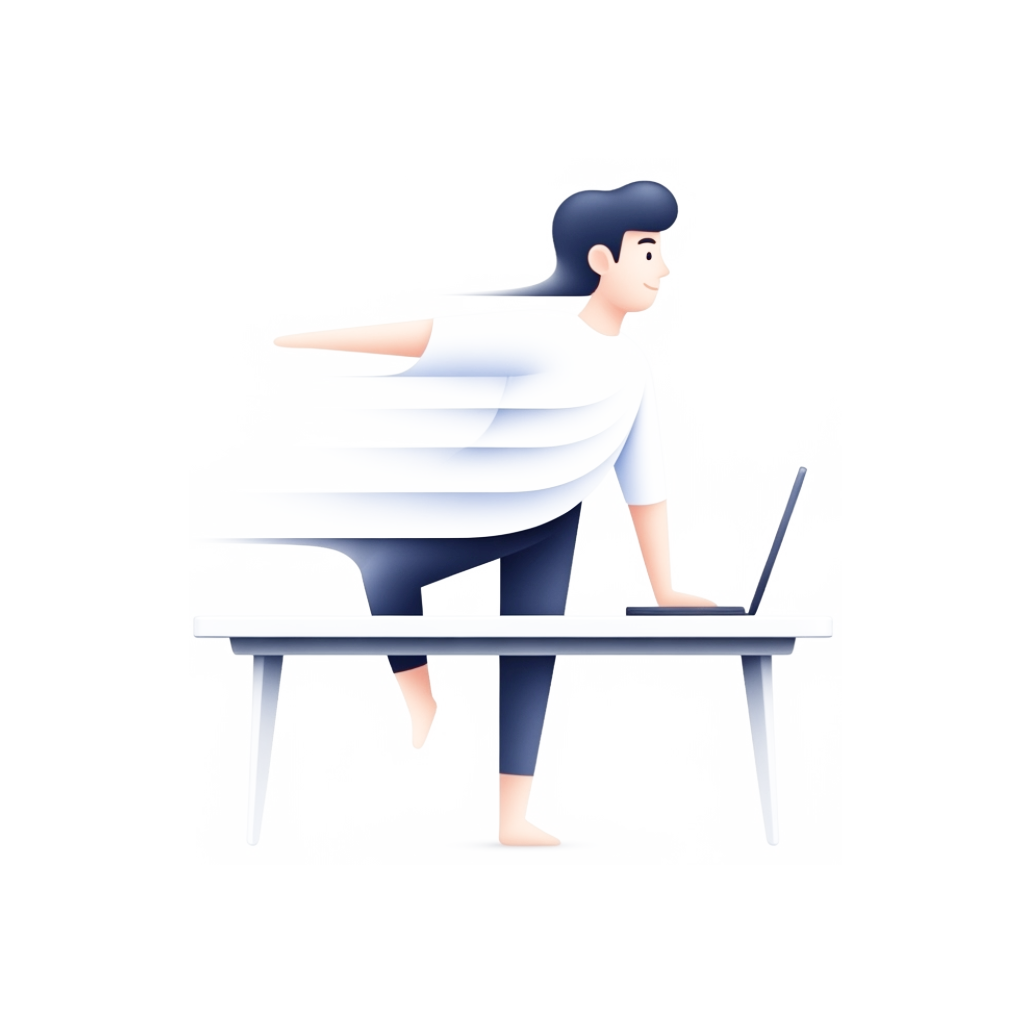Why Sitting Too Much Is Harmful & How to Move More

Why Sitting Too Much Is Harmful & How to Move More
Prolonged sitting has become a common part of modern life, especially for office workers who spend many hours at their desks. However, medical research shows that too much sitting is linked to a range of serious health issues, including heart disease, diabetes, obesity, musculoskeletal problems, and even premature death. This blog post explores why sitting too much is harmful and offers practical strategies to reduce sedentary time and boost your health with movement breaks and standing reminders.
The Health Risks of Prolonged SittingSitting for extended periods slows down metabolism and impairs the body's ability to regulate blood sugar, blood pressure, and fat breakdown. Research associates excessive sitting with obesity, type 2 diabetes, cardiovascular diseases, and certain cancers.
Muscle inactivity during sitting reduces glucose uptake, raising diabetes risk. Furthermore, long sitting sessions tighten muscles like the hip flexors and hamstrings, contributing to joint stiffness, lower back pain, and balance issues that may increase fall risk. Studies also show that people who sit for more than 8 hours daily without physical activity face health risks comparable to smoking and obesity.
Common Physical Complaints Linked to SittingOffice workers often report musculoskeletal issues such as neck, shoulder, and lower back pain. Prolonged sitting stresses spinal structures and joints, worsened by poor posture and muscle deconditioning.
Additionally, sitting can cause blood pooling in the legs, leading to swelling and increasing the risk of dangerous blood clots known as deep vein thrombosis (DVT). Hypertension, fatigue, and decreased job satisfaction are also correlated with long sitting hours.
Benefits of Frequent Movement and StandingBreaking up sitting time with light movement improves blood flow, muscle activity, and metabolic health. Standing burns twice as many calories as sitting and can reduce risks for obesity and certain cancers.
Incorporating moderate aerobic activity, like a 15–20 minute walk regularly, significantly offsets the health risks of sitting. Studies suggest that 60–75 minutes of moderate activity daily can neutralize the negative impacts of prolonged sitting.
Practical Tips to Reduce Sitting Time at Work and HomeTry using adjustable sit-stand desks to alternate between sitting and standing, reducing total sedentary time without disrupting workflow.
Set reminders or use wellness apps to prompt standing or movement every 30 minutes. Simple actions such as standing during phone calls, walking to colleagues rather than emailing, or refilling water bottles more often encourage more frequent movement.
Engage in standing or walking breaks during TV commercial times or meetings. Active workstations such as treadmill desks or pedal exercisers can increase energy expenditure throughout the day.
Building Healthy Habits for Long-Term WellnessAim for at least 150 minutes of moderate aerobic exercise weekly and minimize continuous sitting periods.
Pay attention to ergonomics to support posture and reduce musculoskeletal strain. Use lumbar support and maintain a neutral spine while sitting.
Be mindful during meals to avoid distracted eating, which can lead to overeating and weight gain.
Creating a culture of movement at home and work by encouraging active breaks and leading by example can help reduce sedentary habits for all ages.
Conclusion
Sitting too much poses significant health risks, but incorporating regular movement breaks and standing reminders can dramatically improve your well-being. Use tools like standing desks and productivity apps to help you build a more active lifestyle. Remember, frequent movement not only boosts physical health but also enhances your mood and productivity. Start small, stay consistent, and prioritize movement throughout your day for a healthier, more vibrant life.
Sources:
